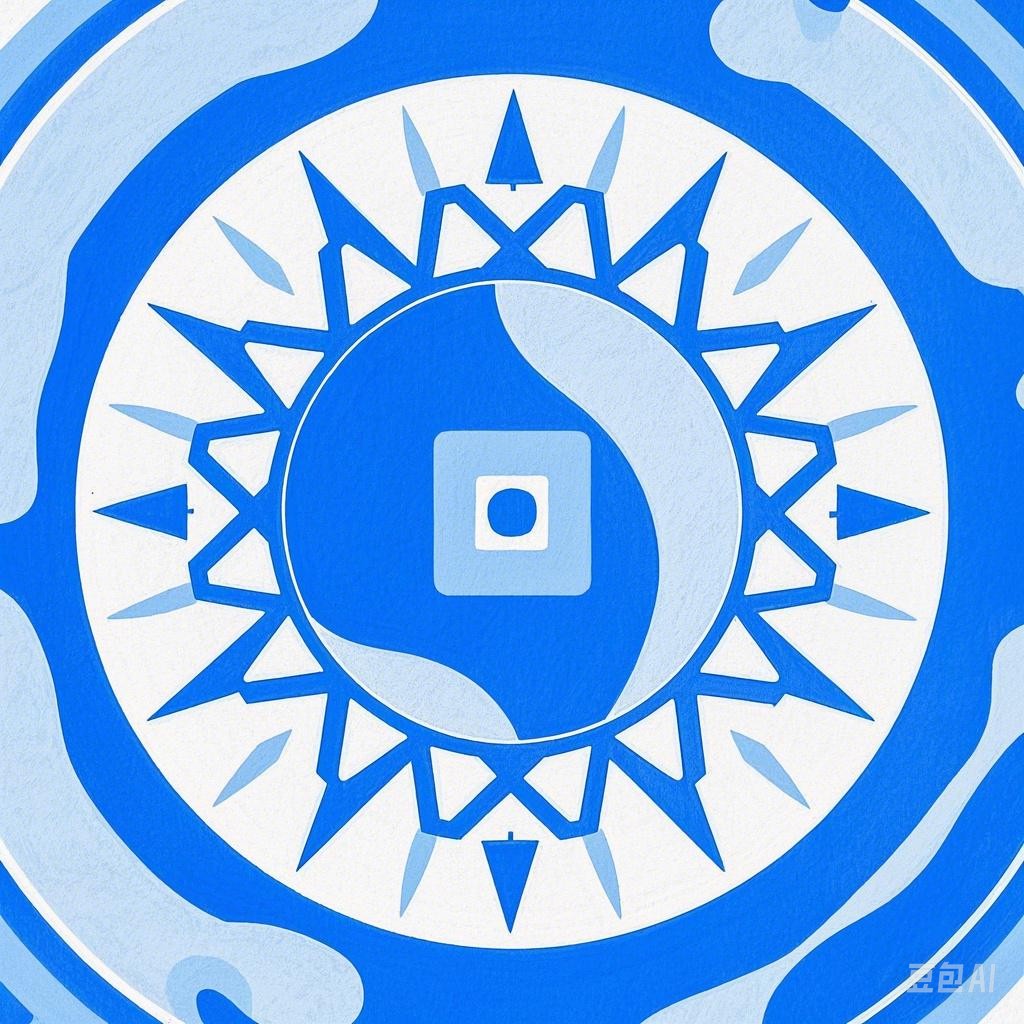Chinese traditional festivals are a vibrant and integral part of the country’s rich cultural heritage. These festivals are not only a time for celebration but also a profound reflection of China’s historical, social, and philosophical values. This article delves into the cultural significance and celebrations of several prominent Chinese traditional festivals, offering insights into their historical backgrounds, rituals, and the values they embody.
The Spring Festival (Chinese New Year)
Historical Background
The Spring Festival, also known as Chinese New Year, marks the beginning of the lunar new year. It has been celebrated for over 4,000 years and is considered the most important festival in China.
Celebrations
- Red Decorations: Homes are adorned with red lanterns, couplets, and paper cuttings to symbolize good fortune and happiness.
- Reunion Dinner: Families gather for a feast that typically includes dishes like dumplings, fish, and nian gao (a sticky rice cake).
- Fireworks and Firecrackers: These are set off to ward off evil spirits and bring good luck.
Cultural Significance
- New Year’s Resolutions: The festival is a time for making and keeping resolutions, symbolizing a fresh start.
- Family Unity: The Spring Festival emphasizes the importance of family bonds and reunions.
Lantern Festival
Historical Background
The Lantern Festival is held on the 15th day of the first lunar month and marks the end of the New Year celebrations. It originated from the Han Dynasty.
Celebrations
- Lantern Displays: Various shapes and sizes of lanterns are displayed in cities and towns.
- Dragon and Lion Dances: These traditional dances are performed to bring good luck and ward off evil spirits.
- Mooncakes: Mooncakes are eaten to celebrate the full moon and the reunion of families.
Cultural Significance
- Celebration of Light: The festival symbolizes the triumph of good over evil and the arrival of spring.
- Romantic Love: The Lantern Festival is traditionally a time for young people to meet and express their love.
Dragon Boat Festival
Historical Background
The Dragon Boat Festival is held on the 5th day of the 5th lunar month and commemorates the death of Qu Yuan, a patriotic poet and statesman from the Warring States period.
Celebrations
- Dragon Boat Races: Teams of rowers race boats shaped like dragons, with the objective of being the first to cross the finish line.
- Zongzi: This traditional rice dumpling is eaten to prevent pestilence and to honor Qu Yuan.
Cultural Significance
- Respect for Intellect and Virtue: The festival is a tribute to Qu Yuan’s intellectual contributions and his loyalty to his country.
- Unity and Cooperation: The dragon boat races symbolize the importance of teamwork and cooperation.
Mid-Autumn Festival
Historical Background
The Mid-Autumn Festival is held on the 15th day of the 8th lunar month and is a time for families to gather and enjoy the full moon.
Celebrations
- Mooncakes: These are eaten to celebrate the full moon and the beauty of nature.
- Lanterns and Fireworks: In some regions, lanterns and fireworks are used to decorate homes and streets.
- Poetry and Storytelling: The festival is a time for storytelling and enjoying the beauty of Chinese poetry.
Cultural Significance
- Family Reunion: The festival emphasizes the importance of family and togetherness.
- Appreciation of Nature: The full moon is a symbol of beauty, harmony, and abundance.
Conclusion
Chinese traditional festivals are a rich tapestry of history, culture, and celebration. Each festival holds unique significance and is a testament to the deep roots of Chinese heritage. By understanding and appreciating these festivals, one can gain a deeper insight into the values and customs that shape Chinese society.
